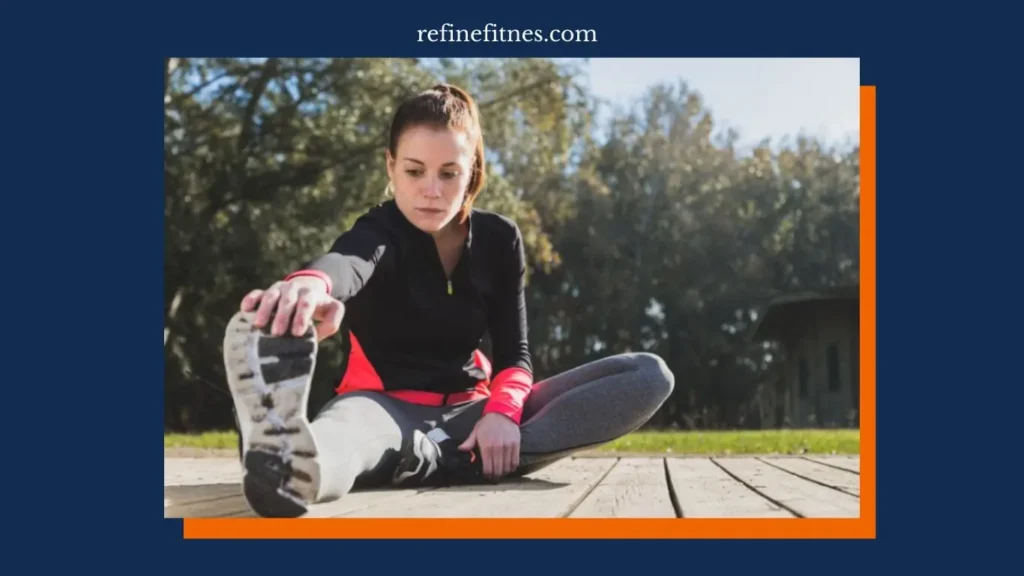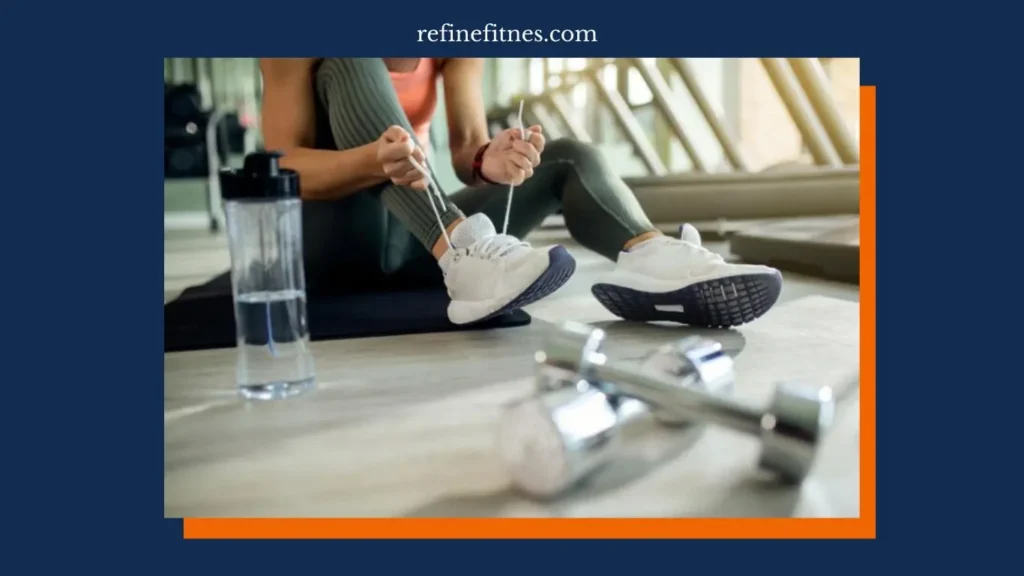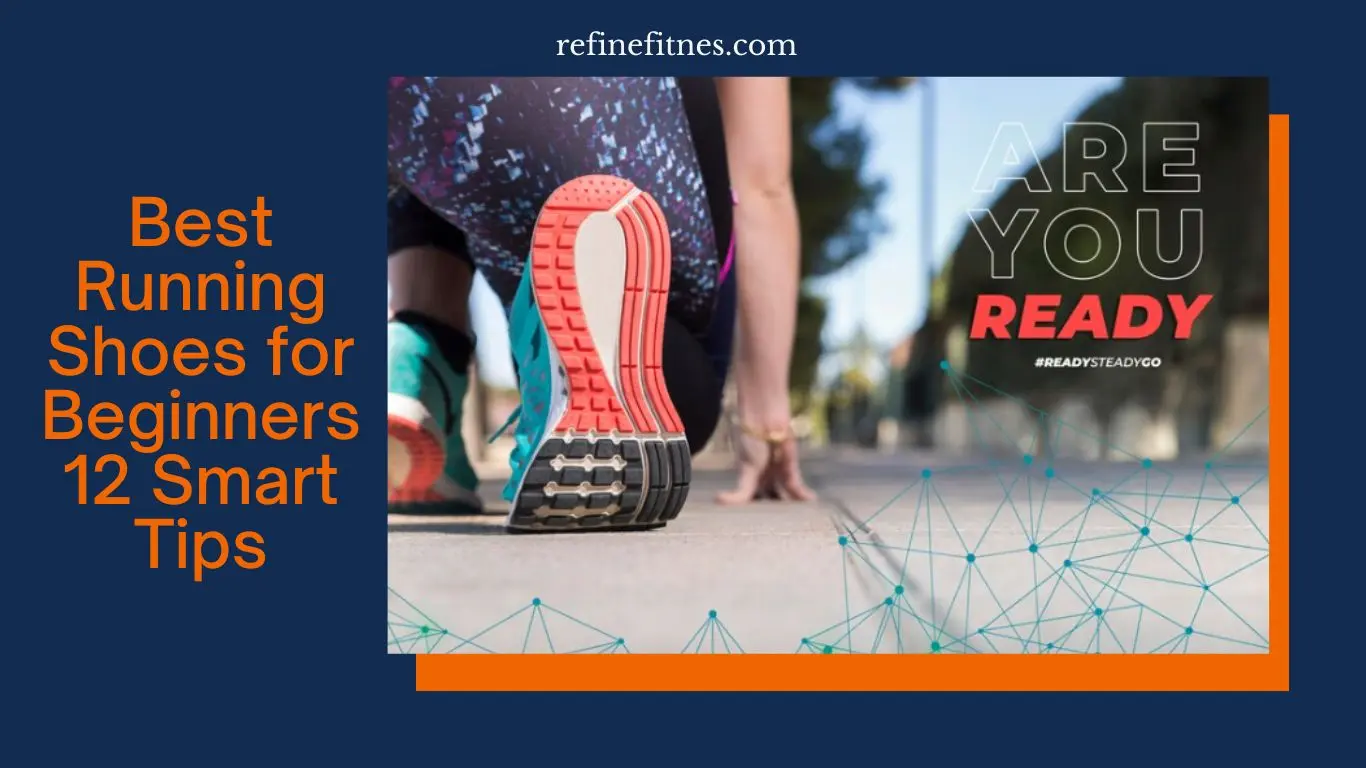Are you taking your first strides into the world of running? Congratulations! One of the crucial steps to kick-start your running journey is finding the right pair of shoes. The overwhelming array of options might leave you baffled, but fear not! In this guide, we’ll walk you through the best running shoes for beginners, ensuring your feet are comfortably supported on every run.
Understanding Your Foot Type
Before diving into the shoe market, it’s essential to understand your foot type. Are you flat-footed, have high arches, or a neutral arch? Knowing this helps you pick shoes that provide the right support. Flat-footed runners benefit from stability shoes, high-arched individuals should look for cushioned shoes, while those with neutral arches have more flexibility in their choices.

Importance of Proper Fit
Now that you know your foot type, the next crucial step is ensuring a proper fit. Ill-fitting shoes can lead to discomfort and even injuries. Visit a specialty running store for a professional fitting or follow online sizing guides provided by shoe brands. Remember, your toes should have room to wiggle, and the shoe should snugly cradle your heel without being too tight.
Cushioning vs. Stability
When browsing for running shoes, you’ll encounter terms like “cushioning” and “stability.” Understanding these concepts is vital. Cushioned shoes are ideal for those seeking a softer feel, and absorbing impact during the run. Stability shoes, on the other hand, offer additional support, making them suitable for overpronators. Consider your running style and foot arch to decide which feature is more crucial for you.
Top Picks for the Best Running Shoes for Beginners
Now, let’s explore some of the best running shoes specifically designed for beginners:

- Brooks Ghost 14 – Known for its plush cushioning and neutral support, the Ghost 14 is perfect for those new to running. It provides a smooth ride and adapts well to various foot shapes.
- Nike Air Zoom Pegasus 38 – This versatile shoe offers a balanced mix of cushioning and support. Its comfortable fit and durability make it a favorite among novice runners.
- New Balance Fresh Foam 1080v11 – If you’re looking for maximum cushioning, the Fresh Foam 1080v11 is a stellar choice. It provides a soft and smooth ride, reducing the impact on your joints.
- Saucony Guide 14 – For beginners needing stability, the Guide 14 offers excellent arch support. Its lightweight design ensures a comfortable experience for long runs.
Budget-Friendly Options
Running doesn’t have to break the bank. Several affordable options deliver quality performance for beginners:
- ASICS Gel-Contend 7 – This budget-friendly option doesn’t compromise on comfort or support. It’s a reliable choice for those on a tight budget.
- Under Armour Charged Assert 9 – Offering a balance of cushioning and stability, the Charged Assert 9 is an affordable option that doesn’t sacrifice performance.
Tips for Breaking in Your New Shoes
Once you’ve found your ideal pair, the next step is breaking them in. Follow these tips for a smooth transition:
- Start Slow: Gradually increase your running time to allow your feet to adjust to the new shoes.
- Rotate Shoes: If possible, alternate between two pairs of running shoes to extend their lifespan and give your feet variety.
- Listen to Your Body: If you experience discomfort or pain, give your feet time to recover and reassess your shoe choice.
Importance of Regular Replacements
Running shoes aren’t meant to last forever. Over time, the cushioning and support they provide can diminish. As a general rule, aim to replace your running shoes every 300-500 miles. Regular replacements ensure your feet receive the necessary support and reduce the risk of injuries.
Signs It’s Time for a New Pair
How do you know when it’s time to bid farewell to your trusty running shoes? Look out for these signs:
- Worn Out Tread: The tread on the sole is a good indicator. If it’s visibly worn or uneven, it’s time for a replacement.
- Reduced Cushioning: If you no longer feel the same level of cushioning and support, it’s a sign that the midsole is breaking down.
- Visible Damage: Any visible damage, such as tears or holes, compromises the shoe’s structural integrity and effectiveness.
Expert Tips for Prolonging Shoe Lifespan
While regular replacements are essential, there are steps you can take to extend the lifespan of your running shoes:

- Alternate Shoes: Rotate between two pairs, allowing each to air out and regain its cushioning between runs.
- Avoid Extreme Conditions: Excessive exposure to heat or moisture can accelerate wear and tear. Store your shoes in a cool, dry place.
- Use for Running Only: While they might be comfortable, resist the temptation to use your running shoes for other activities to prevent unnecessary wear.
How to Clean and Maintain Your Running Shoes
Proper maintenance can also contribute to the longevity of your running shoes. Follow these simple steps:
- Remove Insoles and Laces: Clean them separately to ensure a thorough cleaning.
- Hand Wash or Use Gentle Cycle: Avoid tossing your running shoes into the washing machine. Instead, hand wash or use a gentle cycle to preserve their structure.
- Air Dry: Allow your shoes to air dry naturally. Avoid using direct heat sources like radiators or hairdryers.
Addressing Common Beginner Concerns
As a beginner, you might have some common concerns about running shoes. Let’s address them:
- Breaking-In Period: It’s normal for new shoes to feel a bit stiff initially. The breaking-in period varies, but your shoes should start feeling comfortable after a few runs.
- Socks Matter Too: Invest in moisture-wicking socks to keep your feet dry and prevent blisters.
- Affordability and Quality: Quality doesn’t always come with a hefty price tag. Many reputable brands offer budget-friendly options without compromising on performance.
The Role of Arch Support
Whether you have flat feet, high arches, or a neutral arch, finding the right arch support is crucial. Running shoes come with various arch support options, including neutral, high, and low. Choose a pair that aligns with your foot type to enhance comfort and prevent potential injuries.
Online Shopping Tips for Running Shoes
Shopping for running shoes online can be convenient, but it comes with its own set of challenges. Follow these tips for a successful online shopping experience:
- Know Your Size: Refer to the sizing charts provided by the brand, and consider reading customer reviews for insights into sizing accuracy.
- Research Brands and Models: Understand the features of different brands and models to make an informed decision.
- Check Return Policies: Ensure the online store has a flexible return policy in case the shoes don’t meet your expectations.
Final Thoughts on Choosing Running Shoes for Beginners
Selecting the best running shoes for beginners involves a combination of understanding your foot type, prioritizing a proper fit, and considering factors like cushioning and stability. With the right pair of shoes, you’re not only investing in your comfort but also the longevity of your running journey. Lace-up, hit the pavement, and enjoy the exhilarating experience of being a beginner runner!

